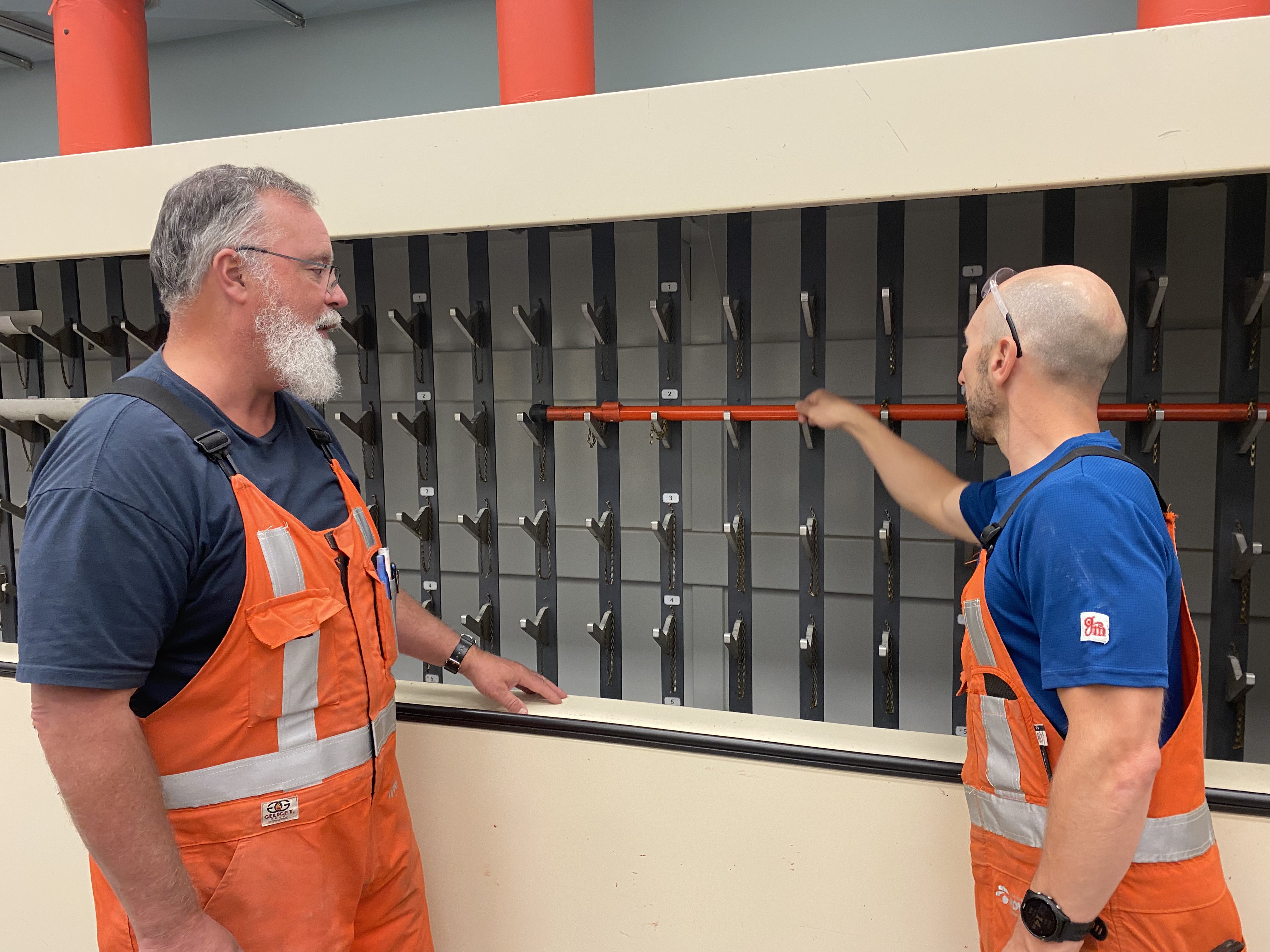- Never feed power from your generator into a wall outlet or directly into your electrical system. This could allow power to back-feed into our system and result in severe injury or death to our employees.
- When power is restored after an outage, it may feed directly into your generator, causing severe damage. To eliminate this dangerous situation, a transfer switch is required to be properly installed by a qualified electrician.
- Carefully read the owner's manual before using your generator.
- Never operate the generator indoors or in an enclosed space. Generators emit deadly carbon monoxide fumes. Operate outdoors in a well-ventilated, dry area to prevent exhaust fumes from entering windows, doors and fresh air intake areas.
- Operating your generator in wet conditions may cause electrocution. Avoid contact with the generator if you are wet or standing in water.
- Check cords running from your generator to make sure they are in good condition, rated for outdoor use and ensure they are the proper wire gauge size for the appliance load.
- Do not store fuel indoors or refuel your generator while it's running.
| - Carbon monoxide is a gas you cannot see or smell which is created by the combustion of fuels, such as gasoline, wood, coal, natural gas, propane, oil, and methane.
- Every year, dozens of Nova Scotians are admitted to hospital with carbon monoxide poisoning, and in some cases the poisoning is fatal. Symptoms of carbon monoxide poisoning can include headache, nausea, dizziness, and blurred vision.
- There are many common sources of carbon monoxide, including vehicles, furnaces and blocked chimneys. Generators can also be a source, so it is essential that generators are installed properly, outside, and away from any potential point of entry that would allow fumes into your home or business.
- All homes should have a carbon monoxide detector, particularly if you have a furnace, woodstove, generator, or garage. Carbon monoxide detectors are sold at most hardware and home supply stores.
- For more information on carbon monoxide, the proper installation and use of detectors, and safety tips, please visit 811 Nova Scotia and the Halifax Professional Firefighters Association.
|














 Tips before your visit
Tips before your visit Educating children about electrical safety is important, which is why Nova Scotia Power teams up with elementary schools across the province every year to offer the Grade 6 Electrical Safety Program.
Educating children about electrical safety is important, which is why Nova Scotia Power teams up with elementary schools across the province every year to offer the Grade 6 Electrical Safety Program.
.jpeg?sfvrsn=7e3b3300_1)

